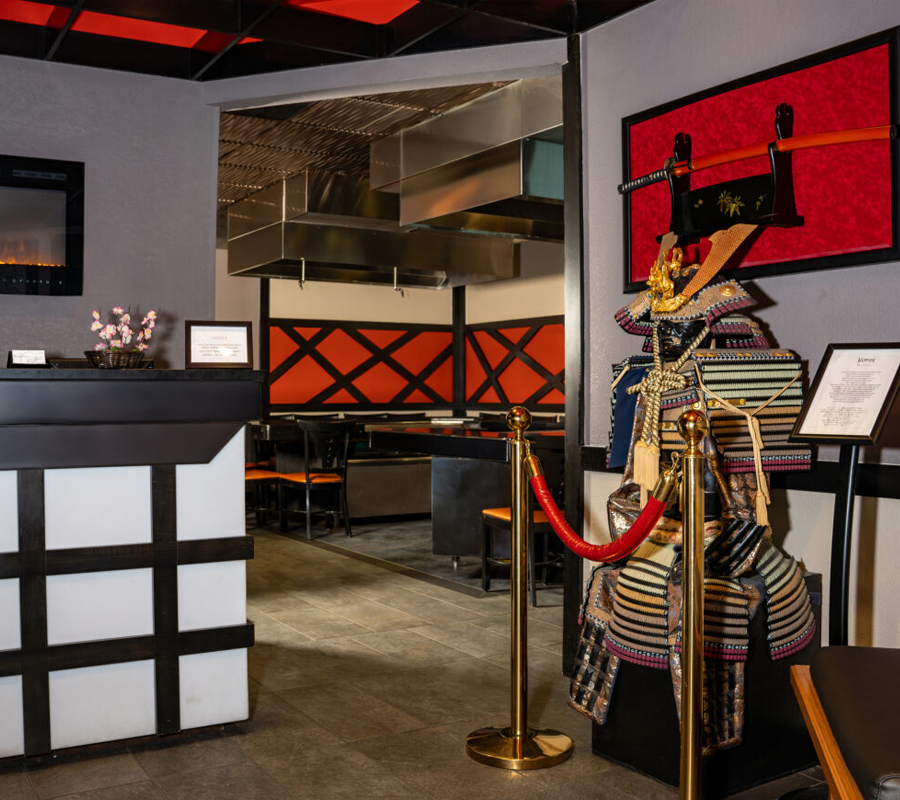What is Teppanyaki?
By Kate Cohen What is Teppanyaki? Teppanyaki dining has reimagined the typical restaurant experience. It combines tableside grilling with entertainment, spectacle, and interactivity for a meal that is enjoyable for the eyes and the tastebuds. If you’re unfamiliar with the term “teppanyaki”, you’ve come to the right place. We’re here to explore this exciting dining …



